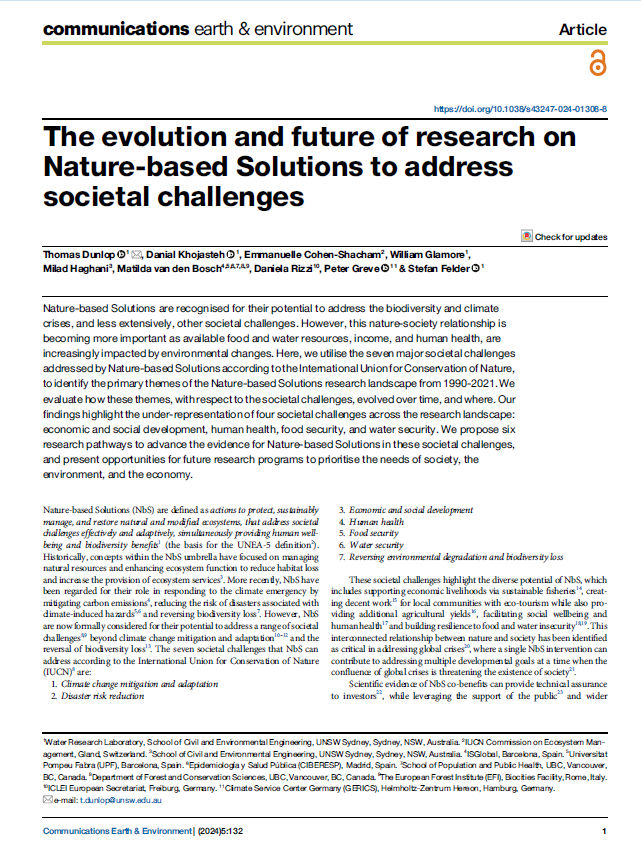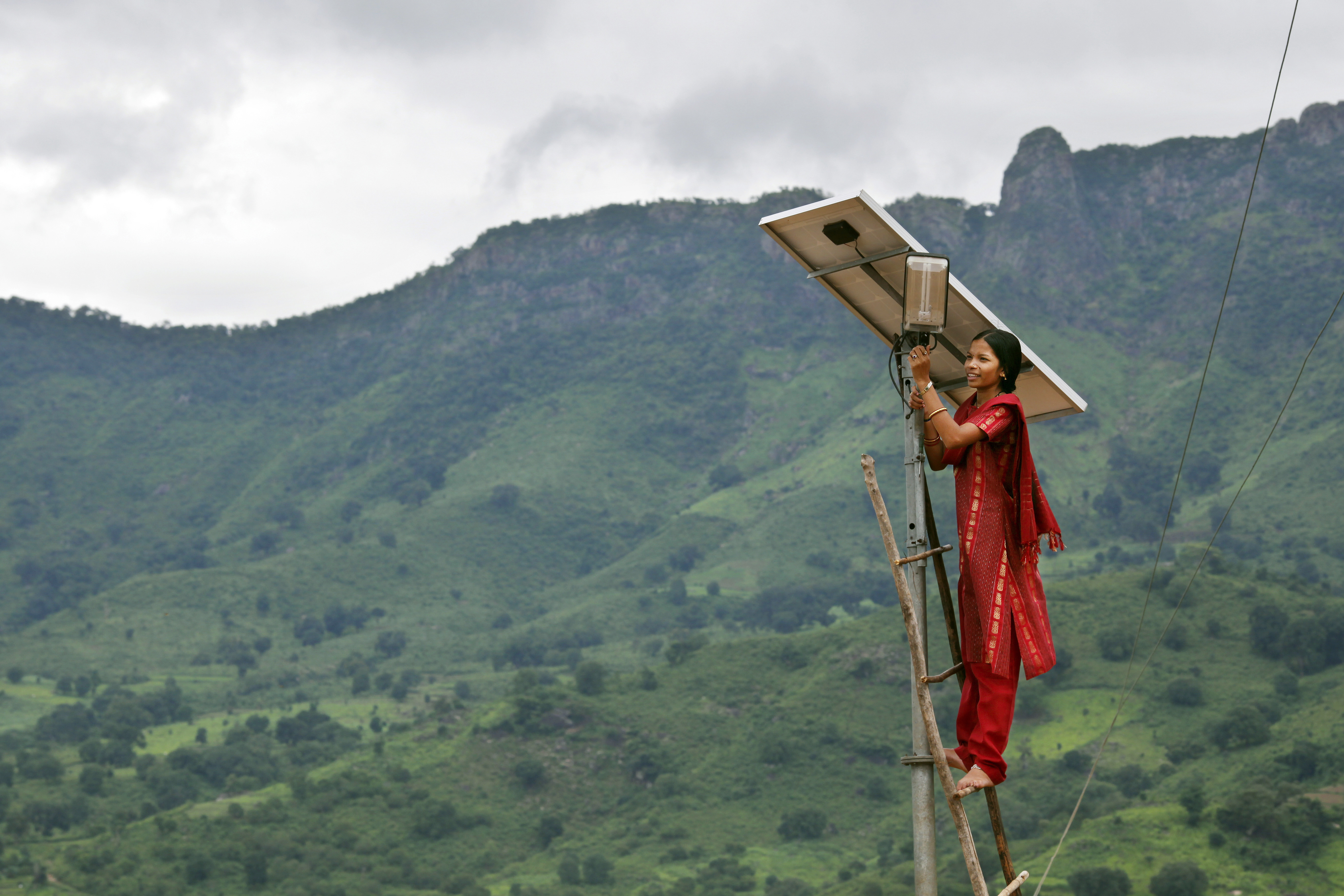Improving climate and biodiversity outcomes through restoration of forest integrity
Detalles
| This publication maps out the potential restoration zones. Research and practice so far has focused mainly on the reforestation of cleared land. Researchers have found that degraded, but not cleared, forests account for 1.5 billion hectares of potential land for restoration, which is almost the size of Russia. The map and prioritization method developed by this study will help governments and land managers decide on the HOW and WHERE it is most appropriate to carry out restoration projects. |
Recursos relacionados

The evolution and future of research on Nature-based Solutions to address societal challenges
This article uses the seven major societal challenges addressed by nature-based solutions according to the International Union for Conservation of…

7 principles for communicating nature-positive action
What does it really mean to be nature-positive? How do you manage to be positive for nature? Who is responsible…

Growing the Green: How and why restoration finance needs to quadruple by 2030 – State of Finance for Nature – Restoration Finance Report
To support the implementation of the UN Decade on Ecosystem Restoration, this report focuses on financial flows and investment needs…


